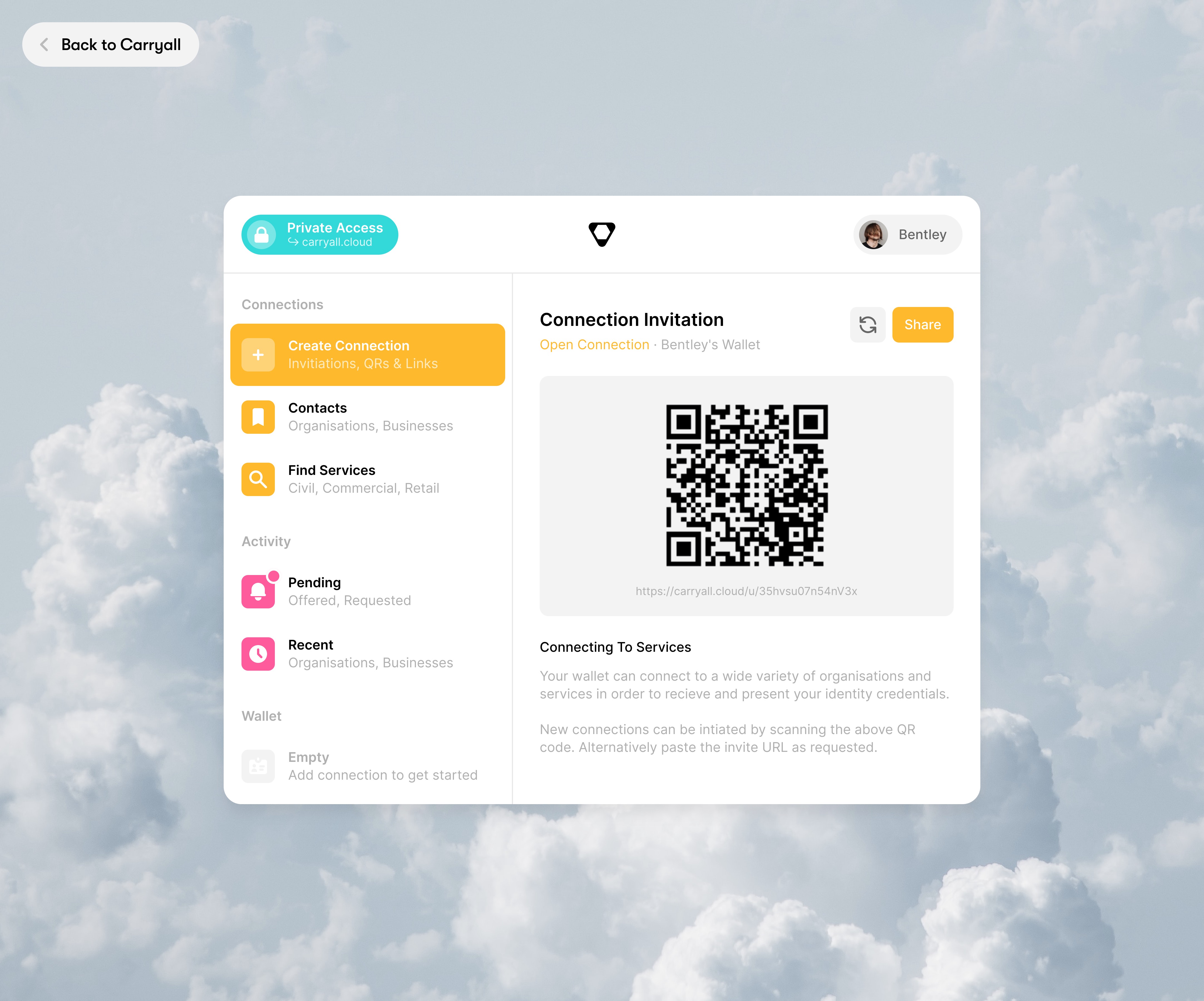How might an innovation team explore the critical trust challenges of tomorrow’s digital societies?


Overview
The Digital & Data Analytics Lab is a multidisciplinary research & development group on a mission to explore critical trust challenges faced by people, data and governance across tomorrow’s digital societies.
Set within the R&D department of SICPA, a leading global provider of secured authentication, identification and traceability solutions, the lab employs an innovation-focused practice with designers, engineers and business strategists working collaboratively on complex challenges across business domains whilst maturing key technical capabilities. The team leverages the organisation’s legacy as a trusted advisor to governments, central banks and high security printers in its work developing decentralised identity and value exchange technologies, products and services.
I took a lead role shaping project briefs, and driving the design research agenda, UX prototyping and evaluation to aid project delivery for clients including the US Department of Homeland Security. My work included the development of UX frameworks for interface coordination between transacting devices to enhance trust between peers in decentralized P2P interactions, prototyping approaches for interoperable UI rendering of ID credentials. Led research and foresight exercise exploring emergent societal trust challenges.
Employing a design-led approach to activities within the labs enabled us to synthesise research findings quicker, bring human insights to POCs and prototypes more effectively, and better articulate the necessary shifts of the organisational meta.
Info
Interaction Design
UX Framework Development
Prototyping
Design Research
Strategic Design
Process & Methodology
Year
2018-2022
Company
SICPA













“Our thesis is that when these open standards get widely adopted, digitally issued information will be tamper-proof, at a global scale, for free.”
On the need to reorient company activities from primarily securing the integrity of issuers, to becoming best-in-class verifiers.
Design strategy within R&D
Approach
Bringing human-centred systems thinking inside the organisation’s R&D department for the first time represented a greater focus on front end innovation and the human side of technology which aligned with an expanded inclusion of business strategy within the digital labs.
This necessitated the definition a flexible approach to design activities: from concept development to prototyping new interaction frameworks and products, to shaping team objectives through sensemaking activities and reliably bringing human insights to meaningfully inform engineering activities. In championing this approach, I positioned it as way to better navigate complex challenges spaces by reframing jobs to be done and envisioning strategic outcomes from a human perspective.
This necessitated the definition a flexible approach to design activities: from concept development to prototyping new interaction frameworks and products, to shaping team objectives through sensemaking activities and reliably bringing human insights to meaningfully inform engineering activities. In championing this approach, I positioned it as way to better navigate complex challenges spaces by reframing jobs to be done and envisioning strategic outcomes from a human perspective.